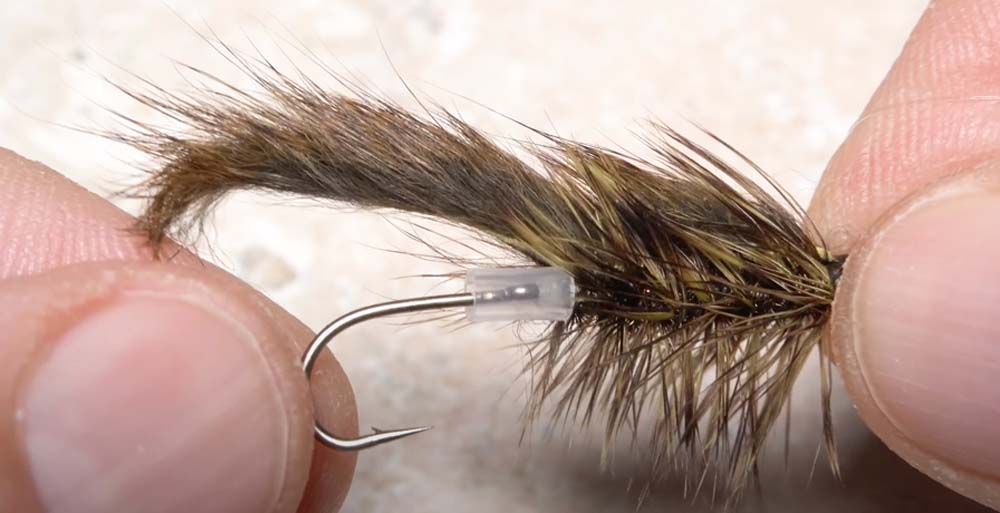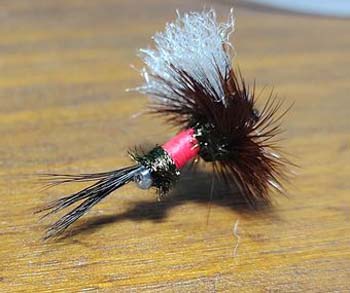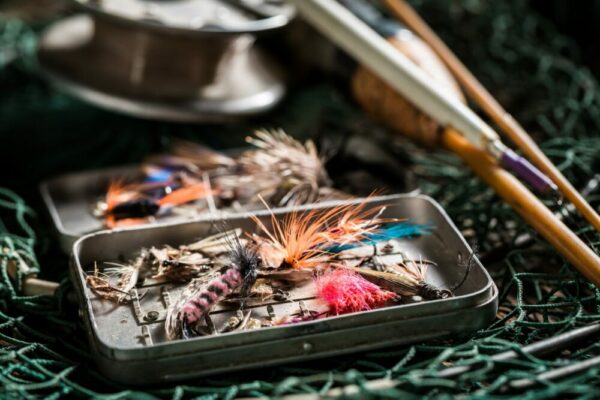
‘Bugger’ tube fly screenshot – Orvis. “Junction” tubing is not always necessary; it’s the translucent tubing shown above.
If you are unsure about the value of tube flies, you are definitely too yesterday
By Skip Clement
The following includes videos from Orvis’ One-Minute Fly-Tying Tips and Techniques, a YouTube series hosted by Tim Flagler of Tightlines Productions. The one-minute videos are sequential Part 2 follows Part 1, and so on – stay tuned when the one you are watching ends.
If in a hurry, watch Part 1, then jump to Part 6, but six minutes – really, hang in there watch all the vids. You’ll be glad you did.

By Ruben Martin
Tips:
1. Mustad Circle Hooks are perfect saltwater partners with tube flies / freshwater, Eagle Claw, other majors, China sites, and Google.
2. Large hooks are not required with large tube flies.
3. So, if your ‘whatever’ fly has to be tied on a 1/0 size hook it could be much smaller with a tube fly.
4. Some bone fishers are turning to tube flies and report upping their game.
5. A tube fly has almost limitless size possibilities because the hook has no vote in tube fly size.
- More Hook-ups – Because a hook can be presented at the tail of a lure using stiff hook retaining material, tail bites can be turned into hook-ups.
- More Fish Landed – Fishing with a tube enables greater number of hookups, as the tube slides away from the hook on a take, so the fish has less leverage to throw the hook compared to longer salmon fly hooks.
- Rapid Adjustment for Changing Conditions – A single tube can be adapted to situations that would normally require different flies or lures on different size and styles of hooks.
- Better Baitfish Replication – The long thin profile of a tube better replicates baitfish, using wing and body material that flows back to give the appearance of a bulky head and slimmer body.
- Shorter Hooks – Crucially a longer tube means that there is no need to use large “ironmongery butcher hooks.”
- Simplifying Tackle – Tubes take up little space and that space does not have to cater for sharp hooks which damage lures and everything around them. Indeed you can carry a range of separate hooks in a separate small container and swap hooks from lure to lure.
- Longer Lasting – Because the tube slides up the line on a take this means there is less damage than with conventional lures on a take. Tube Flies last twice as long on average to a standard fly!
- Easier Catch and Release Fishing – With a deeply hooked fish the lure can be slid up the leader and cut off the hook without further injury to a fi sh. It is also practical to use hooks that will rapidly corrode in salt or freshwater.
- Barbed or Barbless – Hooks can be used according to fishery rules on the same tube fly as the hook is seperate from the tube fly. Hooks can be swapped – when dull rather than sharpening them at the watersedge.
Ruben Martin: Dry Fly Humpy Tube version Fly Tying Instructions






